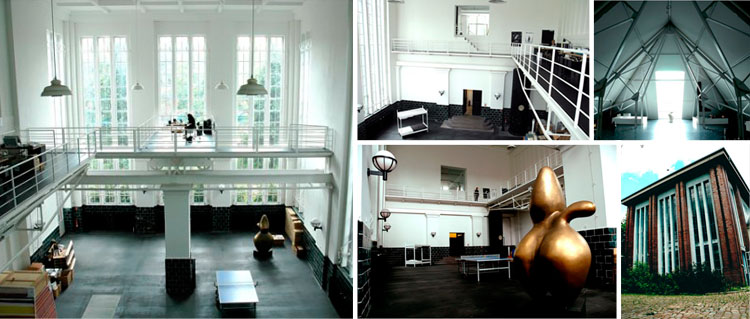This 2009 article revealed what was then a still-accelerating trend towards adaptive reuse of building and infrastructure.
REVITALIZATION readers familiar with any of these seven projects are invited use the Comments section below to share their insights on how well they have worked out over the years.
*********************************
It’s often hard to imagine that a building can be used for anything other than what it was intended, yet when they are left abandoned, having outlived their original purpose, many dilapidated structures cry out to be transformed rather than fall fowl to the demolition ball.
Whether due to conservation issues, the limited availability of space for new ventures or because public campaigns are successful in saving beloved landmarks, adaptive reuse projects are on the increase. Old buildings breathe new life, albeit in an altered state, offering a chance to embrace past designs while looking to the future.
Here we share seven excellent examples of adaptive reuse from around the globe. One is the Berlin House, which reused a long-abandoned water pumping station.
When two artist friends, Michael Elmgreen and Ingar Dragset, decided to set up a live/work space, they didn’t bargain on getting such a good deal. For just US$700,000 the Danish/Norwegian pair purchased a disused water pumping station in suburb very close to Berlin City Centre.
The building had been left empty since the early 1990s, with few interested buyers as it was located in the middle of a residential district – no longer right for industrial use, and too awkward to be tackled by some developers – so Elmgreen and Dragset jumped at the chance to work their magic on the generous space.
The artistic partners, who have exhibited around the world, enlisted the services of two young architects, Nils Wenk and Jan Wiese to help transform the pump house into an artist’s workspace and home. It was important they applied concepts from their art into the redesign, and a love of spatial challenges saw them breaking down more walls than were built.
Even after getting happy with a sledgehammer the old water pumping station now accommodates two separate private areas for the artists, a generous kitchen, four bathrooms, an attic living room and some of the most spectacular light-filled living and working spaces.

